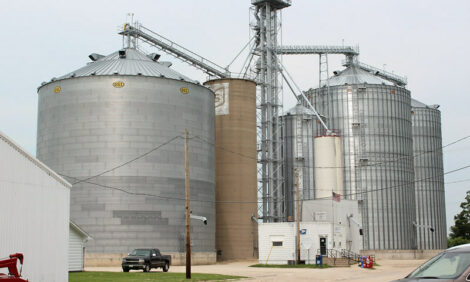



Cattle returns 5% lower than a year ago
UK - These are tough times for the beef sector with returns to producers for cattle fit for slaughter running at 5 per cent lower than early July last year, while there are also clear indications that the national breeding herd is set to decline still further.However, while producer returns have declined, the same cannot be said for retail prices, which have remained relatively stable.
Cattle prices in Scotland slipped by at least 2p per kilo deadweight last week, yet the most recent analysis from the Meat and Livestock Commission shows that the cost to consumers for one kilo of topside actually increased by 10p to an average of 890p.
Mince, the basic diet for many Scots, also rose by 12p per kilo to 619p.
Farmers are currently receiving about 208p per kilo for quality cattle. This situation does not sit easy with Jim McLaren, the president of NFU Scotland, who plans to engage with the supermarkets in attempts to secure a more equitable division of the £500 million farmers receive for their beef cattle and the billions which consumers are charged at the checkouts.
He said: "I have been encouraged by the willingness of the supermarkets to enter into discussions, but their words of support, as we heard recently at the Royal Highland Show, need to be translated into action. With lengthy breeding cycles, farmers have to make long-term investments in the beef industry. These have to be matched by an equal commitment from their customers.
"In the absence of that, farmers are increasingly likely to switch away from beef production. The subsidy tie-in for the beef sector has gone; it is now down to the market to create the incentive to remain in the industry. I just do not think that this message has yet been absorbed by the rest of the supply chain.
"The retailers need to understand the pressure being felt at the farm gate, just as farmers require a better understanding of what the market is looking for. NFUS can help to fill that gap, but I want the supermarkets to establish direct relationships with the industry." Source: Scotsman


